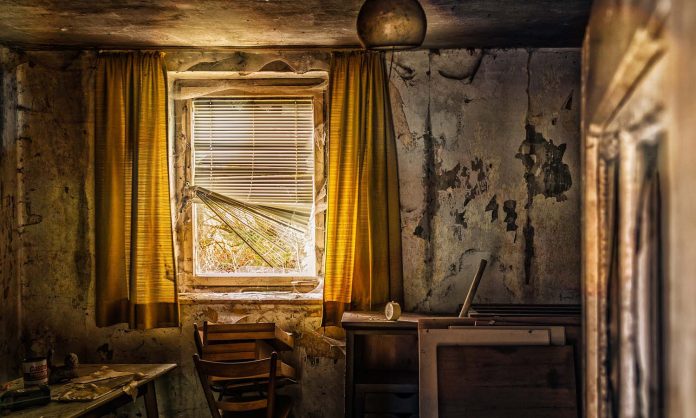
In a post on CrimeReads, Kayte Nunn emphasizes the importance of setting to your crime novel. “A richly drawn, distinctive setting not only anchors the story, but also has a pervasive influence on the mood, themes, and tone of a novel,” she says. “In the most compelling novels, setting, character and plot are inextricably intertwined.”
In most cases, your setting debuts concurrently with your characters, orienting your readers in time and place as you introduce your protagonist. The right setting will set the tone for your novel and create atmosphere. “Generally, setting in crime fiction will have the potential for elements of danger, darkness, mystery, or grit, whether they be the mean streets of a city à la Raymond Chandler, a windswept isle as in Agatha Christie’s And Then There Were None, or the vertiginous slopes of a mountain as in Ruth Ware’s more recent One by One,” Nunn says. “They might be clichés, but bad weather, darkness, and isolation help to establish mood and atmosphere, as well as offering scope for bad things to lurk undetected.” Your setting can also contrast with your crime, as a cozy village might mask the murders about to occur.
Your setting can also give your readers insight into character – what your protagonist sees, hears, touches, and smells will reveal their thought process and what’s important to them. Sensory language will help your setting come alive and create opportunity to show your protagonist’s emotional reaction to place. Working in concert, your setting and your character’s interaction with it can reinforce your theme.
Finally, your well-chosen details will immerse your reader into your story world. “By selecting a few details (and being deliberate about those details, making them integral to the story), you allow the reader to create and hold a unique picture in their mind,” Nunn says. “From the opulence of a grand ballroom to the poverty of a needle-strewn wasteland, a well-realized setting says something about the society we live in without being didactic, an approach that will far better serve both writer and reader.”











